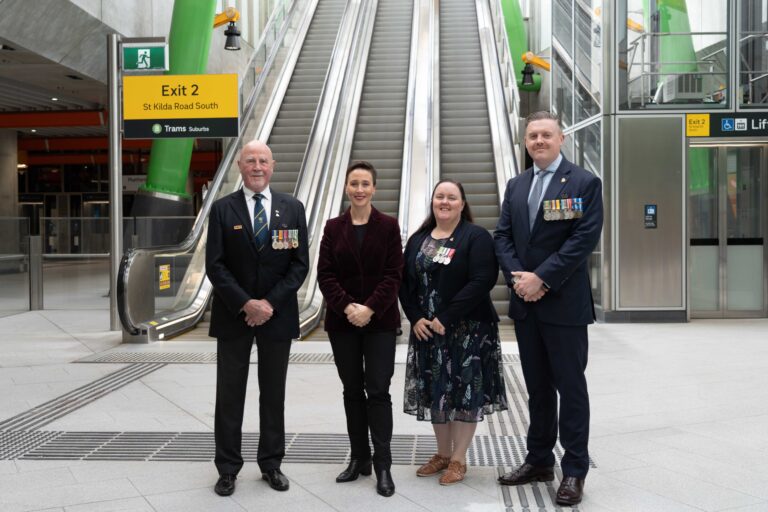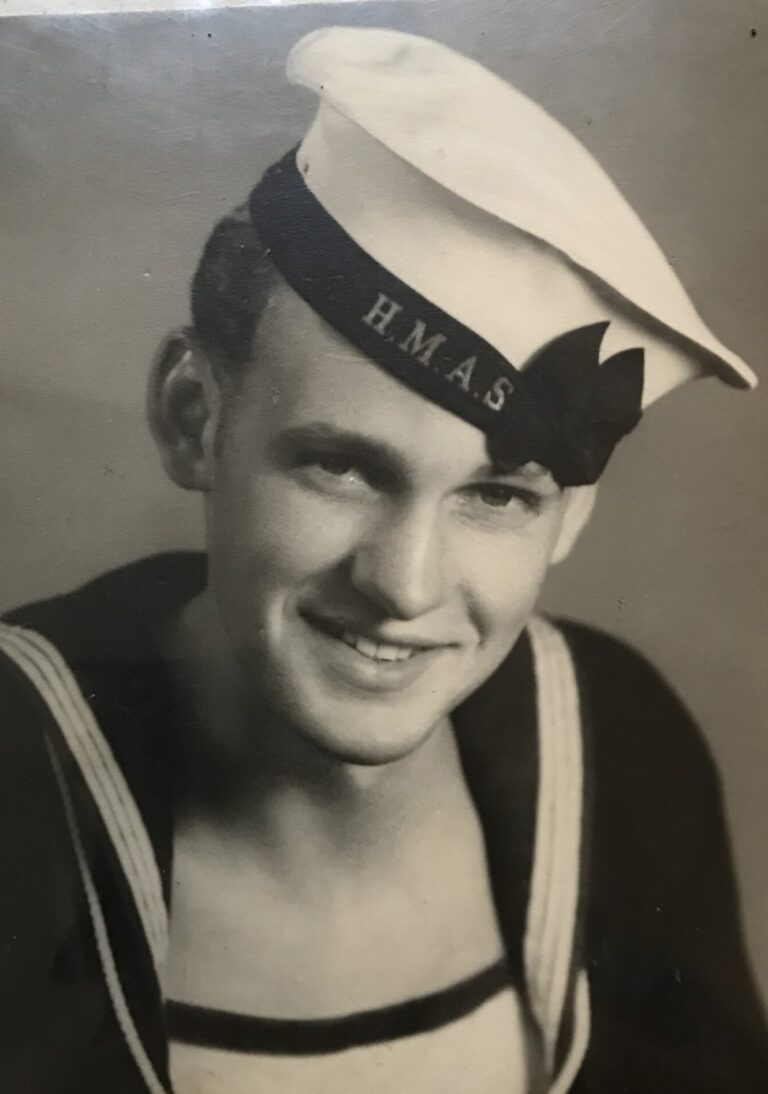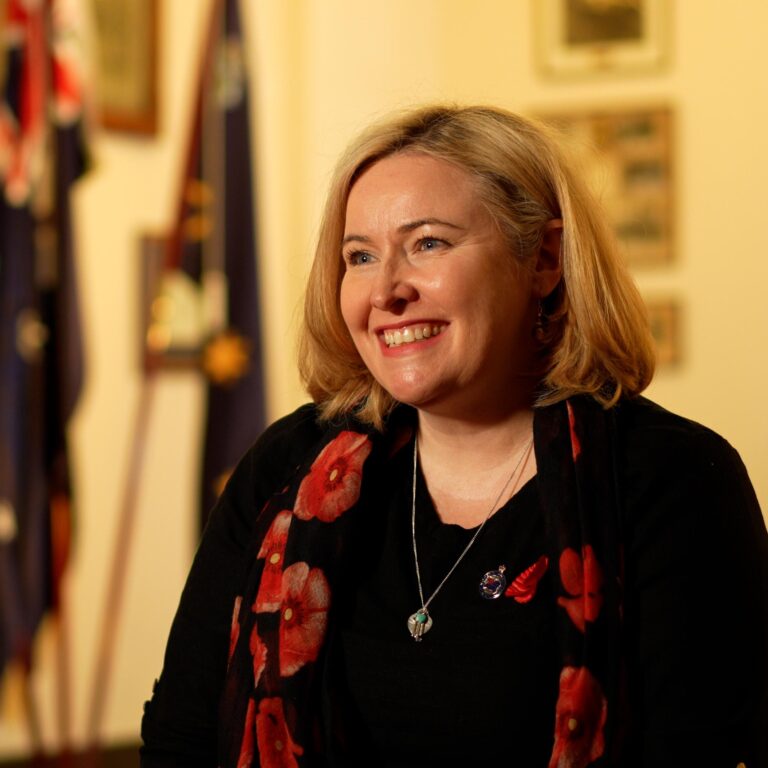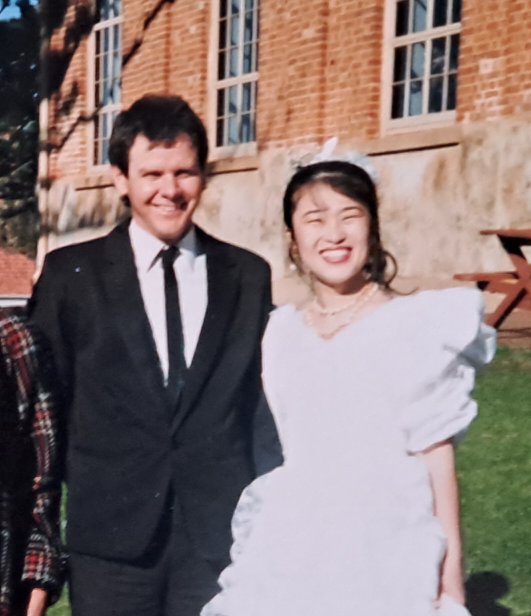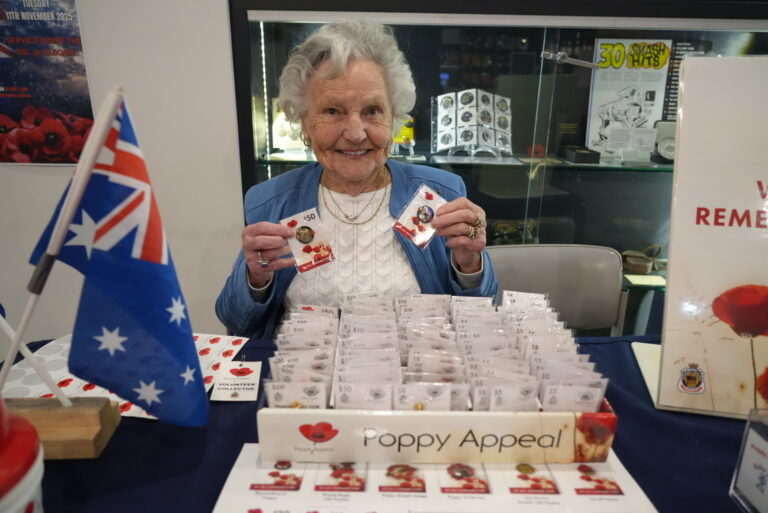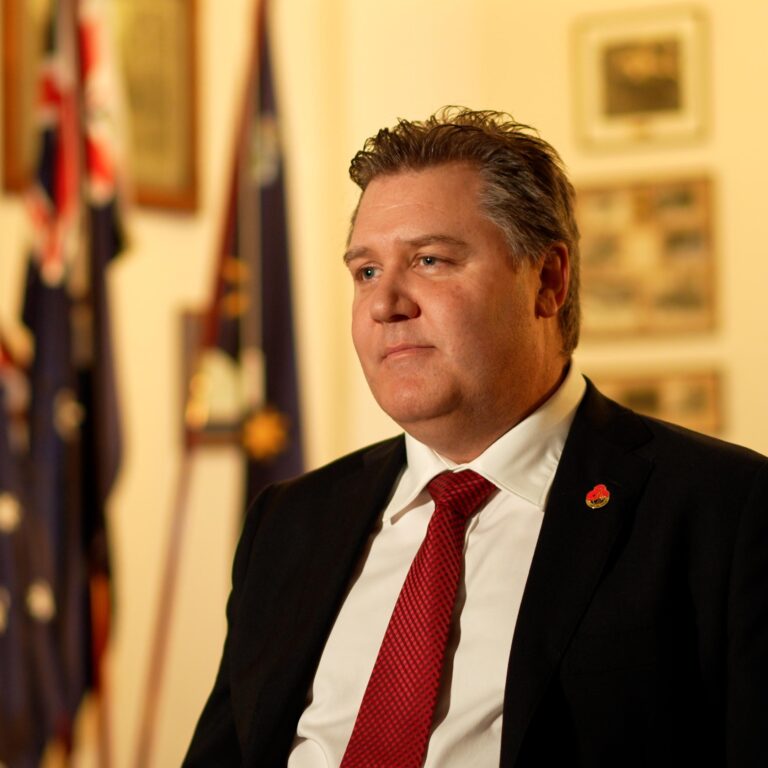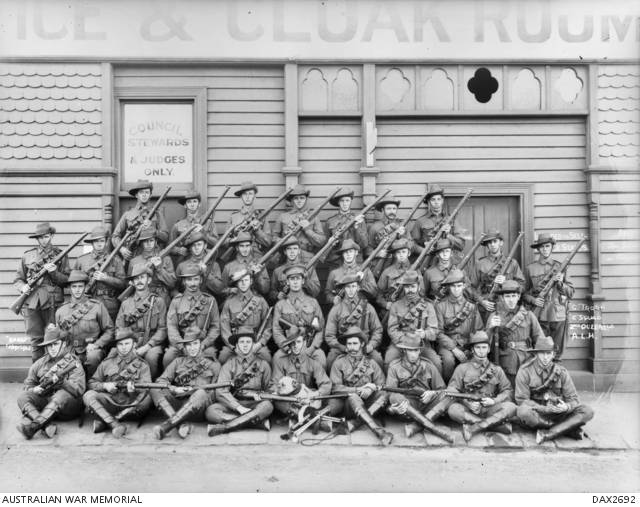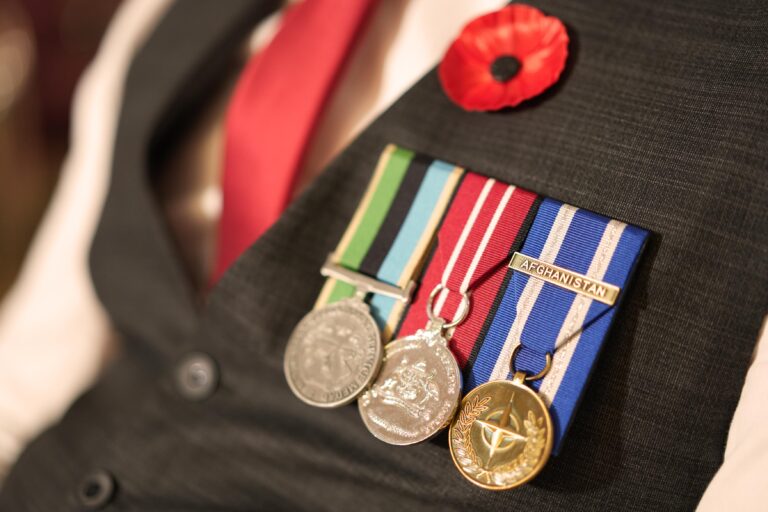MARCH LEADERS HONOUR THE KOREAN WAR

Written by Aileen Phillips
24 April 2023
Photography: Robert Blackburn
It’s been 70 years since the end of the Korean War, often known as ‘The Forgotten War’.
To honour the bravery of the nearly 18,000 Australian soldiers, sailors, airmen and nurses who served in the war, of which 339 paid the ultimate sacrifice, RSL Victoria brings you a veteran from each arm of service to lead the ANZAC Day March.
Each has a captivating story of service and personal connection to ANZAC Day commemorations.

JOHN MUNRO, OAM RFD ED – ARMY
“It’s very good that we’ve been invited to lead the March this year because that’s going to put us Korean veterans back on the map a bit more. We’ve been trying to put the war back on the map since the ceasefire, let’s face it,” says John.
Called up to do national service in 1952, John spent three months training at Puckapunyal, when he decided to join the Regular Army in 1953.
“When I joined the Regular Army, it was during my first interview that I was asked what I wanted to do. When I answered, I was told, ‘Well, sorry son, you’re going to Korea’, and bang.”
“I sort of sat down in the seat for a while…a Sergeant came out and asked me what’s wrong, so I said I’ve just been told I’m going to Korea. His answer was, ‘Lucky you, I wanted to go but they wouldn’t let me!’”
As John says, it was a quick turnaround thereafter.
At just 19 years of age, John deployed to Japan for training and then landed in Korea in March 1954.
“I went over as a boy and came home a man. It wasn’t funny, those situations we were in. Some nights we almost froze to death, and it was a complete change of lifestyle.”
He served for 12 months, undertaking multiple missions, including patrolling the demilitarized zone at Panmunjeom, as well as serving in a variety of battalions depending on where he was stationed in Korea.
“We could have stayed on for another six months, but I didn’t want to, I wanted to come home. They wouldn’t let you do two winters over there anyway.”
His return home was underwhelming.
“We did our jobs over there, came home, got out of uniform, and went back to our jobs. There was no recognition, no nothing when we came home. We just had a medical when we came home, they said, ‘You’re fit, back to work!’”
His transition back into civilian life was short-lived. He helped his mother and father at their café and service station but after about three months he’d had enough.
He decided to get back into the military and joined as an Army Reservist, from which he eventually retired in 1981, aged 47.
John comes from a long and strong line of service.
“Dad’s eldest brother Uncle Bob and his first cousin all served in the First World War. Dad’s other brothers and their sons and their daughter all served in the Second World War.”
He says being given the honour of leading the march this year means a lot to him and the other Korean War veterans.
“When you think of the number of diggers that were taken, POWs that were treated like hell, and more than 300 that were killed in action. So, it’s a great honour to be there on ANZAC Day.”

LLOYD KNIGHT – RAAF
Lloyd Knight enlisted with the Royal Australian Air Force on the 1st October 1951, a year older than he would have liked.
“My mum didn’t want me to join the Air Force, naturally. The Korean War was on, and she thought I’d probably go to Korea. But after a year and six jobs, she acquiesced.”
As Lloyd says, he was young in years and in maturity.
“I was 20 going on 16 in Korea.”
45 missions later over North Korea, Lloyd has many stories, some that plagued him for years after.
“At the time, you just do what you have to do and don’t think about it. It can get scary afterwards, I had nightmares about some of those attacks where I was firing napalm rockets at people, and some were civilians. That was horrible.”
To be a fighter pilot is not for the fainthearted, with many near misses of his own.
“Even just the training to become a military pilot, take my own experience for example, it started with 120 and only 37 ended up graduating. It’s a big attrition rate.”
As with many who have served, Lloyd recognizes the life skills he gained.
“It taught me a lot about being self-reliant, it taught me how horrible and stupid war is.”
“My military training certainly helped me in a lot of areas of my life, including working with other people and caring for other people.”
For Lloyd, every ANZAC Day is filled with memories of times gone by.
“I think about all those people that didn’t come back and those that have gone since. I remember a lot of my buddies that I lost. Our fairly small squadron lost 37 pilots in that war. A lot of them I knew very well, a lot I trained with.”
Leading the March this year is a sobering reminder of the fragility of life.
“It’s an absolute honour. My last colleague and buddy died just last week. They’re all leaving.”

JOHN MOLLER OAM RFD JP – NAVY
Decades after he served, Commander John Moller OAM RFD JP (Rtd) still looks the part as he dons his naval uniform for the ANZAC Day march.
“I managed to get into it, it’s a bit tight around the tummy…” he trails off laughing.
“I was just so honoured to be asked to lead the March on ANZAC Day this year.”
Yearning to join the Navy, John enlisted in 1950, aged just 17-and-a-half, and was sent to Korea on aircraft carrier HMAS Sydney the following year.
“We were surrounded by warships, maybe about six warships covering the carrier and protecting the planes onboard.”
With a crew of a about 1200, John slept in a hammock, had all his meals provided and even managed a daily hot shower.
He remembers some of the more challenging conditions over his six-month deployment.
“We had snow, we had tornadoes. The flight deck used to be covered in ice. Of course, the aircraft couldn’t take off when there was ice on the flightdeck. It had to be scrubbed off by the crew. All the Queenslanders and West Australians used to jump out of their bunks to look. The second morning only a few went and by the third morning the novelty had worn off!”
Every two weeks, the ship would return to Japan to refuel and restock.
This year, like every year, ANZAC Day will serve as a reminder of wartime.
“ANZAC Day is always about the people you knew and the ones that are no longer with you, you know, some of the guys you served with and you lost them.”


